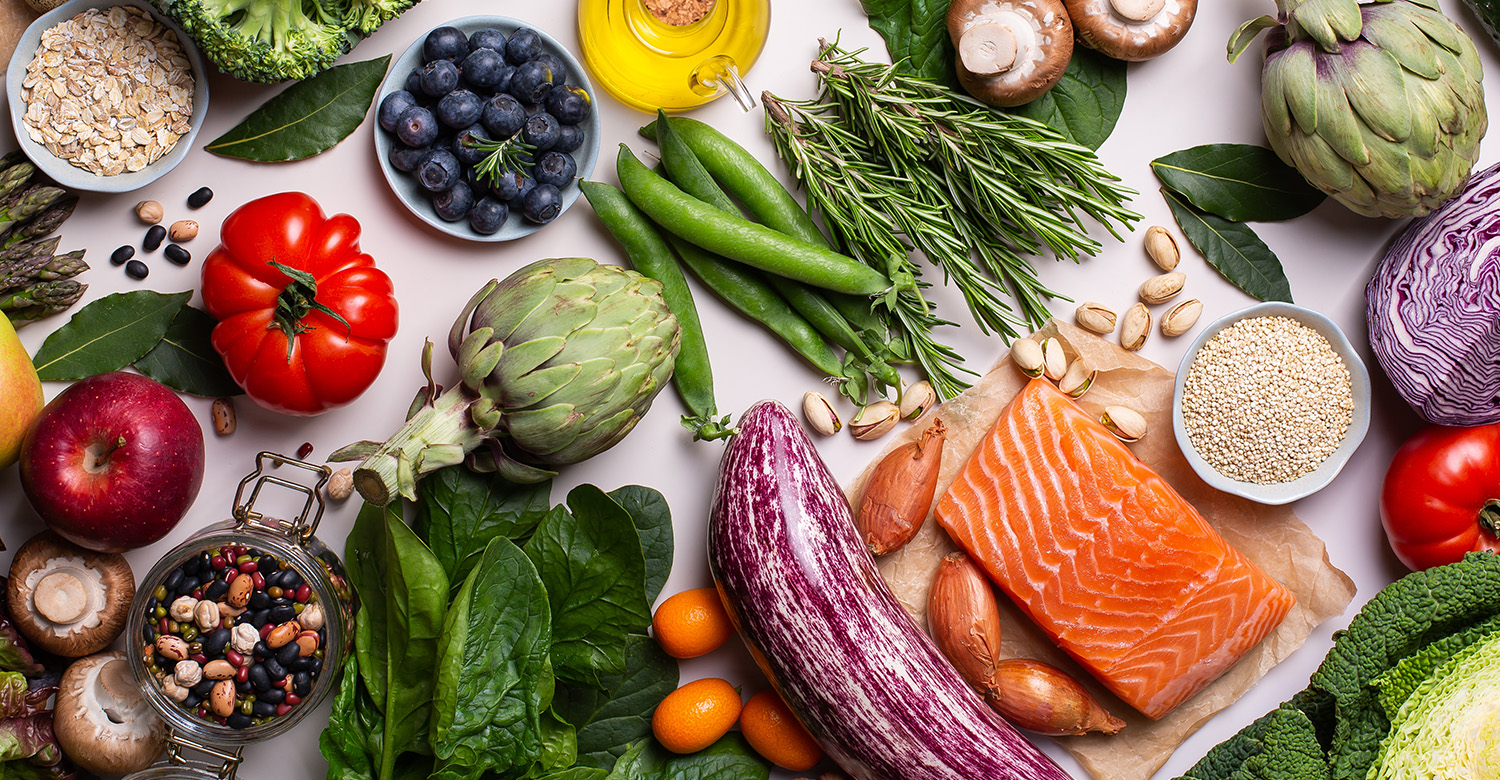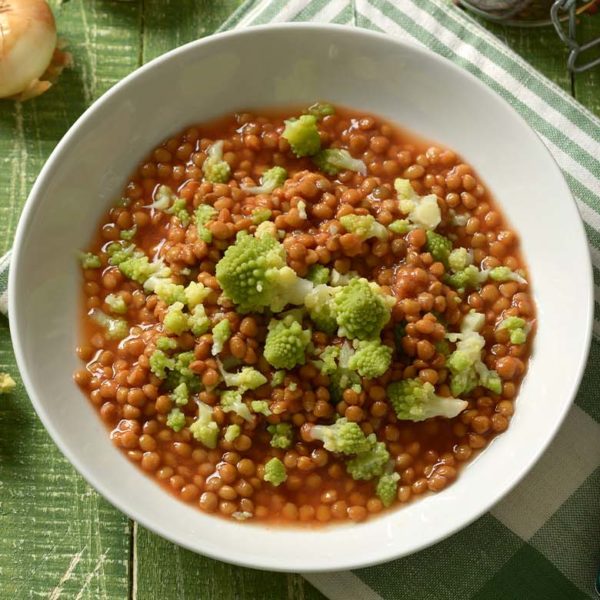
The flexitarian diet between health and hedonism
A combination of the words “Flexible” and “Vegetarian”, the term flexitarian (or flexitarianism) refers to a flexible vegetarian-inspired diet that, while favouring the consumption of plant foods, does not exclude meat and fish, which can be eaten in moderation.
This food trend became popular in the United States following the release of the book “The Flexitarian Diet: The Mostly Vegetarian Way to Lose Weight, Be Healthier, Prevent Disease, and Add Years to your Life” by the American dietitian Dawn Jackson Blatner. In Italy it has been spreading since 2017 and, seeing the current boom of healthy trends, has become increasingly popular in recent years.
It is so popular partly because it satisfies people’s need to be flexible in all aspects of life. While our frenetic lives have pushed us to spend most of our days away from home and consequently eat fast food throughout the day, we have become increasingly aware of healthy eating when we sit down for our meals at home. This entails making healthy food choices, which does not mean, however, that we must follow a restrictive diet or that certain foods are considered ‘bad’.
The flexitarian diet is tasty, healthy and balanced, it can be highly personalised and the quality and origin of the food is also very important. This diet aims at satisfying two different needs: the health and flavour of food, as well as making sure the diet is sustainable over time. A successful “balanced diet” that perfectly adheres to a new lifestyle that is healthy, dynamic and flexible.
Let’s take a detailed look at what the flexitarian diet is, what its main benefits are and the food that we should choose for our weekly meal plans.
The principles of the flexitarian diet: the weekly plan
A mix between health and hedonism, flexitarianism is more than a diet, it is a lifestyle. It perfectly aligns itself with the growing desire to eat in a healthy and balanced way but most importantly, choose what ‘feels right’ for every individual. There are no strict rules, no calorie counting and no macro nutrient ratios, it is more of a dietary guideline.
These are the fundamental principles to keep in mind when creating a flexitarian meal plan:
- Put plant-based foods such as fresh fruit and vegetables at the centre of the diet (40% of weekly intake);
- Add grains, preferably whole grains, to the diet (20% of weekly intake);
- Eat legumes and oilseeds (15% and 5% of the total, respectively);
- Integrate eggs and dairy products into the weekly diet (10% of total intake);
- Allow yourself fish and meat in a “flexible” and personalised way (no more that 10% of weekly intake);
- Indulge in comfort food from time to time, making sure to use common sense when it comes to emotional eating (chocolate, wine, cold meats…)
- Choose natural “alternatives” over processed and unhealthy foods most of the time;
- Limit your intake of sweets and added sugar
Which foods should we include in the flexitarian diet?
The flexible semi-vegetarian diet is mainly based on eating healthy plant-based protein and a limited amount of processed plant-based foods.
Here are some of the main foods you should include in your weekly flexitarian meal plan to eat in a healthy and balanced way:
- proteins: pulses, soybean, tofu, tempeh
- grains: spelt, buckwheat, quinoa
- non-starchy vegetables: peppers, green beans, carrots, cauliflower
- starchy vegetables: pumpkin, peas, corn, sweet potato
- fresh fruit: oranges, apples, grapes, strawberries, berries
- nuts, seeds and other healthy fats: almonds, flaxseeds, chia seeds, walnuts, pistachios, cashews.
- aromatic herbs and spices: basil, oregano, thyme, ginger, cumin, turmeric.

Grains and pulses in the flexitarian diet
Grains and pulses are therefore among the main foods in the flexible semi-vegetarian weekly diet and the amount of animal protein consumed is very limited.
How are pulses and grains incorporated in a flexitarian diet?
Pulses are made up of complex sugars that take longer to digest and therefore keep you full for longer. Pulses are one of the main sources of protein in the diet and they are a great alternative to red meat and animal-based dishes in general. These need to be combined with foods such as whole grains in order for our bodies to reap the full benefits. 1
Grains are known as a “good alternative to pasta and rice” in the Mediterranean diet as well as more advanced diets (such as the flexitarian one) because they are a very important source of “complex” carbohydrates and therefore a great source of energy.
Unlike simple carbohydrates, they contain starch instead of sugar, thus avoiding the formation of insulin and fat cells; whole grains are particularly rich in nutrients and they also contain mineral salts and vitamins which ensure a beneficial synergistic effect to that of pulses.2
In order to help informed consumers who want to follow a plant-based diet, we at Pedon have decided to assist them with any difficulties they may face. We are convinced that, although it is not easy, even those who work and have little time can enjoy nutritious, varied and tasty meals in line with new dynamic and healthy lifestyles and flexitarian diet plans.
Pedon’s I Pronti range of steamed grains and pulses without preservatives are proof of this. They are steamed, thus maintaining all their precious nutritional values; just add a drizzle of oil and they will be ready to serve. They are the perfect solution for those who are used to eating on the go and do not have time to cook: they can be served cold or microwaved and added to your best soup recipes. Try out the Grains (such as Bulgur and Quinoa), Pulses (Mixed Pulses and Chickpeas) and Mix with Vegetables (such as Spelt and Beans with Peas and Carrots) for a healthy, balanced and nutritious meal to be enjoyed with cold pasta and rice dishes.
Products from the Pedon Legumes Made as Snacks range are fun, innovative and perfectly aligned with this new lifestyle: enjoy them at work, on holiday, at home or in the gym, they are the perfect “comfort food” that will satisfy the senses, something that the flexitarian diet aspires to do. They are practical and give a boost of energy, they are oven roasted, not fried, and can be eaten alone or with yogurts and salads. Examples are the fun Lentils with Chili Pepper or the exotic Fava beans, quinoa and mango.
Bibliography
- “Cereali integrali e legumi: ecco il piatto completo per la salute” – Fondazione Umberto Veronesi Magazine – Fabio di Todaro giornalista laureato in biologia della nutrizione, Source fondazioneveronesi.it
- “Qual è il ruolo dei cereali integrali nella dieta mediterranea?”- Fondazione Umberto Veronesi Magazine – Dott.ssa Elena Dogliotti, Biologa, Nutrizionista e Divulgatrice Scientifica, Source fondazioneveronesi.it
“Cosa significa Flexitariano” – Il cucchiaio d’argento, Source cucchiaio.it
“Dieta flexitariana: cos’è, cosa si mangia e vantaggi per l’ambiente” – GreenMe.it, Source greenme.it

 Torna al menu
Torna al menu

